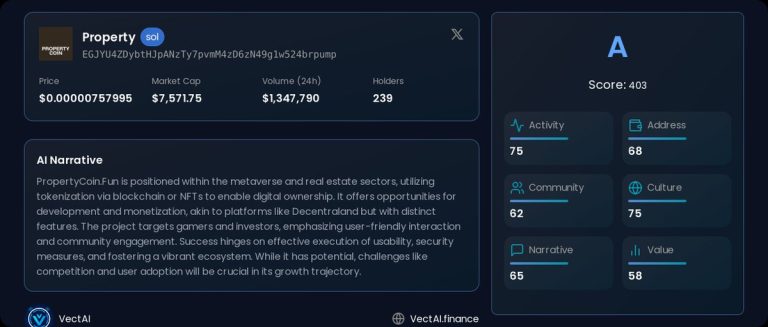
“`html
How Giants’ Failures Cause Shockwaves: A Comprehensive Report on Investor Antifragility
Introduction
In recent times, like a fierce storm sweeping through the corporate landscape, various governance failures have ravaged major companies, leaving behind a trail of financial turmoil and damaged reputations. These failures not only shake the foundations of consumer trust but also create ripples of uncertainty for investors. This report delves into the realm of antifragility strategies that investors can embrace to weather the storms of corporate mishaps and potentially emerge stronger amidst the chaos.
Corporate Governance Failures: A Growing Concern
Corporate missteps have become a haunting melody permeating the business sphere, akin to a haunting tune that refuses to fade. Examples like Boeing’s safety saga, FTX’s downfall due to governance negligence, and Byju’s veiled management labyrinth serve as cautionary tales. These tales underscore the critical role of robust corporate governance in upholding investor trust and safeguarding against financial jeopardy.
Impact on Investors
Investors today stand at a crossroads, where the shadow of governance malpractices looms large. Ignoring the governance puzzle can lead to a perilous voyage, as witnessed in the downfall of FTX, a company that turned a blind eye to glaring governance issues. Hence, delving deep into a company’s governance framework before taking the investment plunge becomes imperative to shield against potential financial pitfalls.
Strategies for Investor Antifragility
- Enhanced Due Diligence
Investors must don their investigative hats and embark on a meticulous journey through a company’s governance landscape. Scrutinizing corporate structures, risk mitigation strategies, and ethical compasses is akin to peeling back layers of a complex puzzle to reveal underlying truths. - Diversification
Just as a gardener plants a variety of seeds to withstand diverse weather patterns, diversifying investment portfolios shields against the tempests caused by a company’s governance failures. Spreading investments across sectors and geographies ensures a safety net amidst turbulent waters. - ESG Investing
Embracing the principles of Environmental, Social, and Governance investing acts as a lighthouse guiding investors towards companies with sturdy governance roots. ESG criteria not only evaluate a company’s commitment to transparency and ethics but also lay the groundwork for sustainable investment practices. - Active Engagement
Investors must don the hat of proactive stewards, engaging with companies to sow the seeds of better governance practices. Voting on governance matters, participating in shareholder dialogues, and championing transparency and accountability are essential tools in nurturing a culture of responsible corporate governance.
Conclusion
In a world where governance mishaps serve as earthquakes, fortifying investment strategies with antifragility measures becomes paramount. By weaving a tapestry of due diligence, diversification, ESG principles, and active engagement, investors not only shield their assets but also contribute to a landscape resilient to shocks and transparent in its dealings.
Recommendations for Future Governance
As the technological horizon unfurls with the ascent of AI, companies must erect sturdy AI governance frameworks to navigate the maze of transparency, accountability, and safety. Investors should cast their spotlight on companies embracing these evolving governance standards, as they stand as sentinels poised to tackle future storms and seize untapped opportunities.
References
GlobalData. (2025). ESG – Governance Factors report.
DigitalDefynd. (2025). Top 15 Marketing Scandals in History.
This report offers a panoramic lens through which investors can weave a shield of resilience against the backdrop of governance turmoil. By adopting proactive strategies, investors not only navigate the turbulent waters but also cultivate a sustainable and transparent business ecosystem.
“`
Related sources:
[3] www.acm.nl
[4] www.sidley.com
[5] hbr.org




